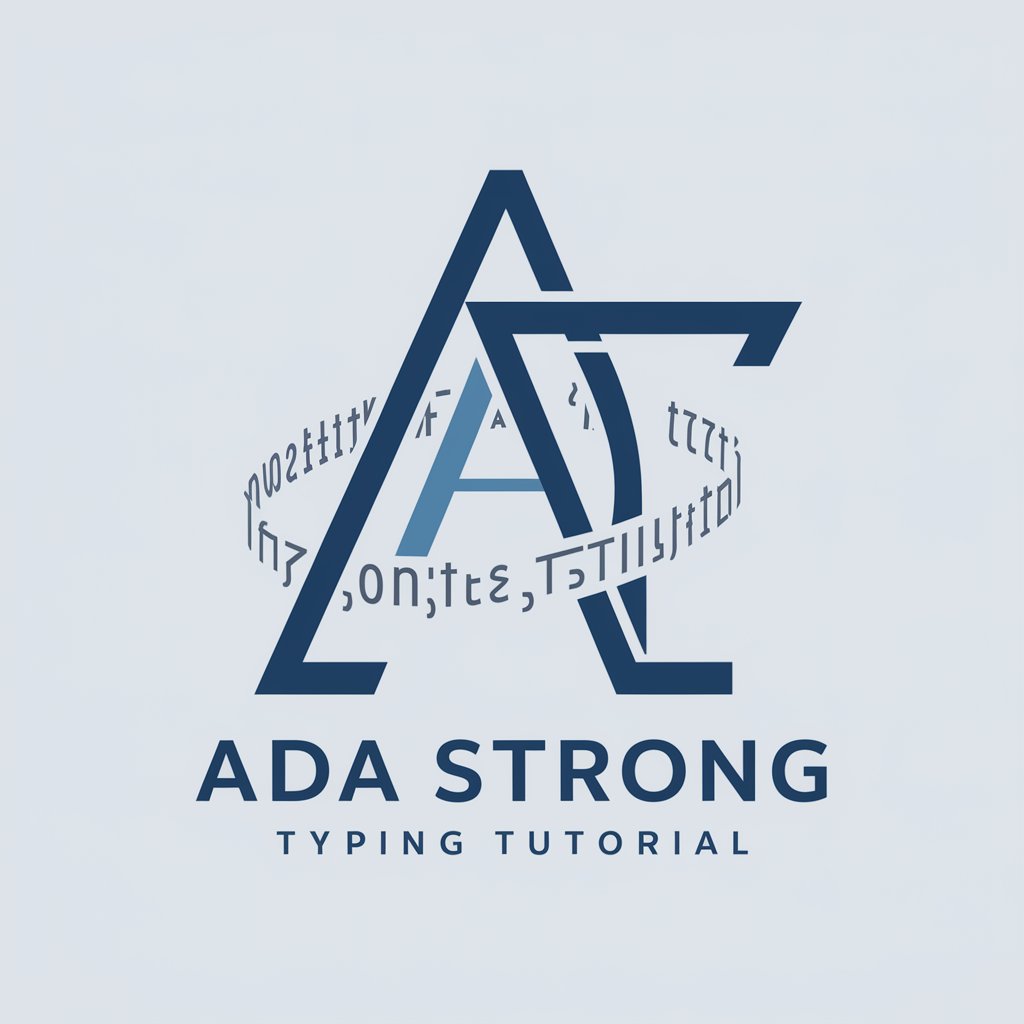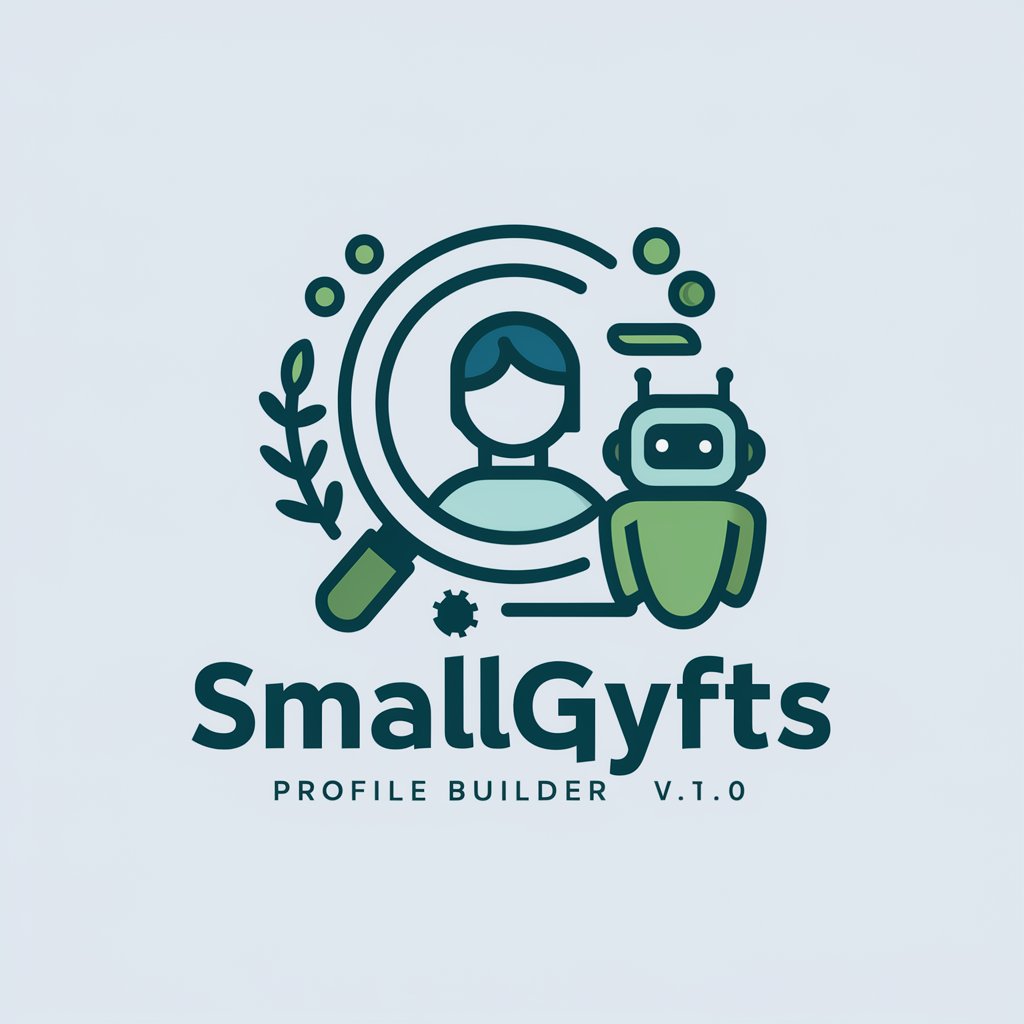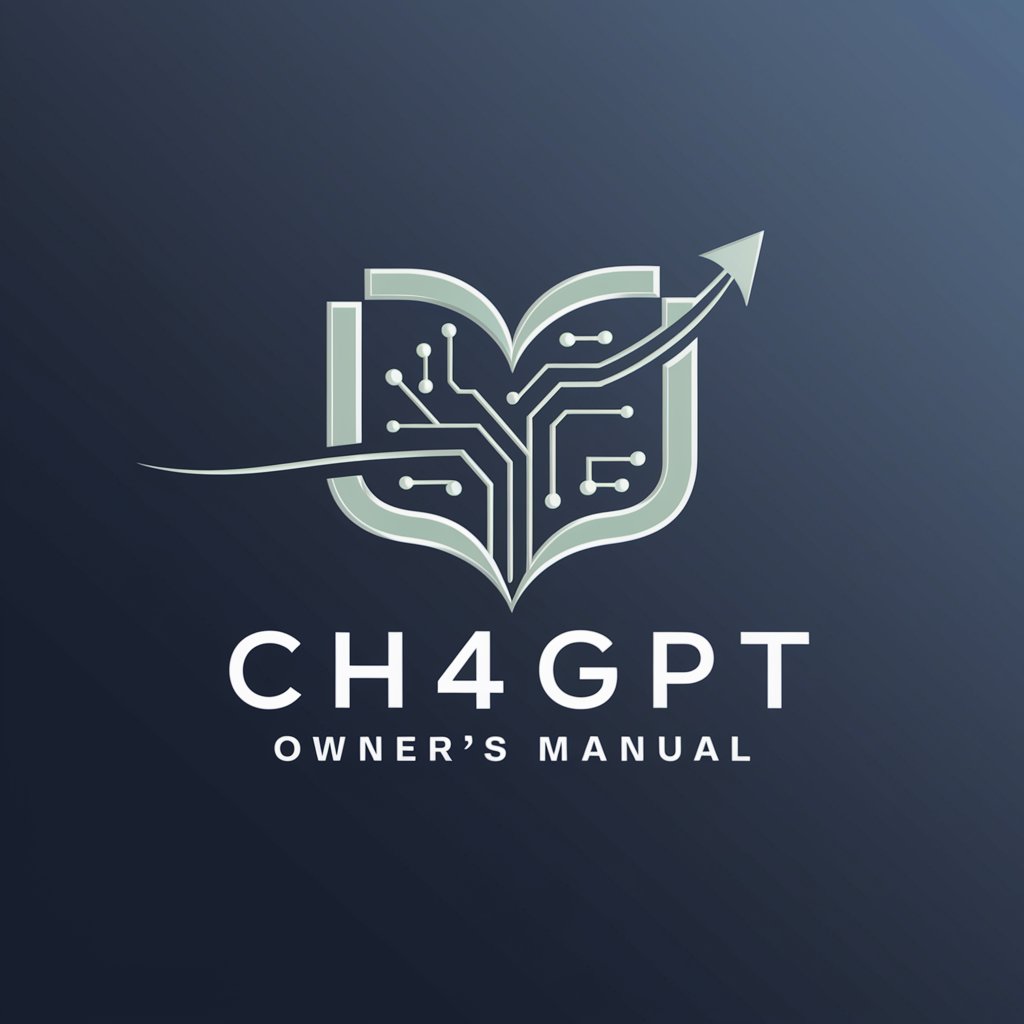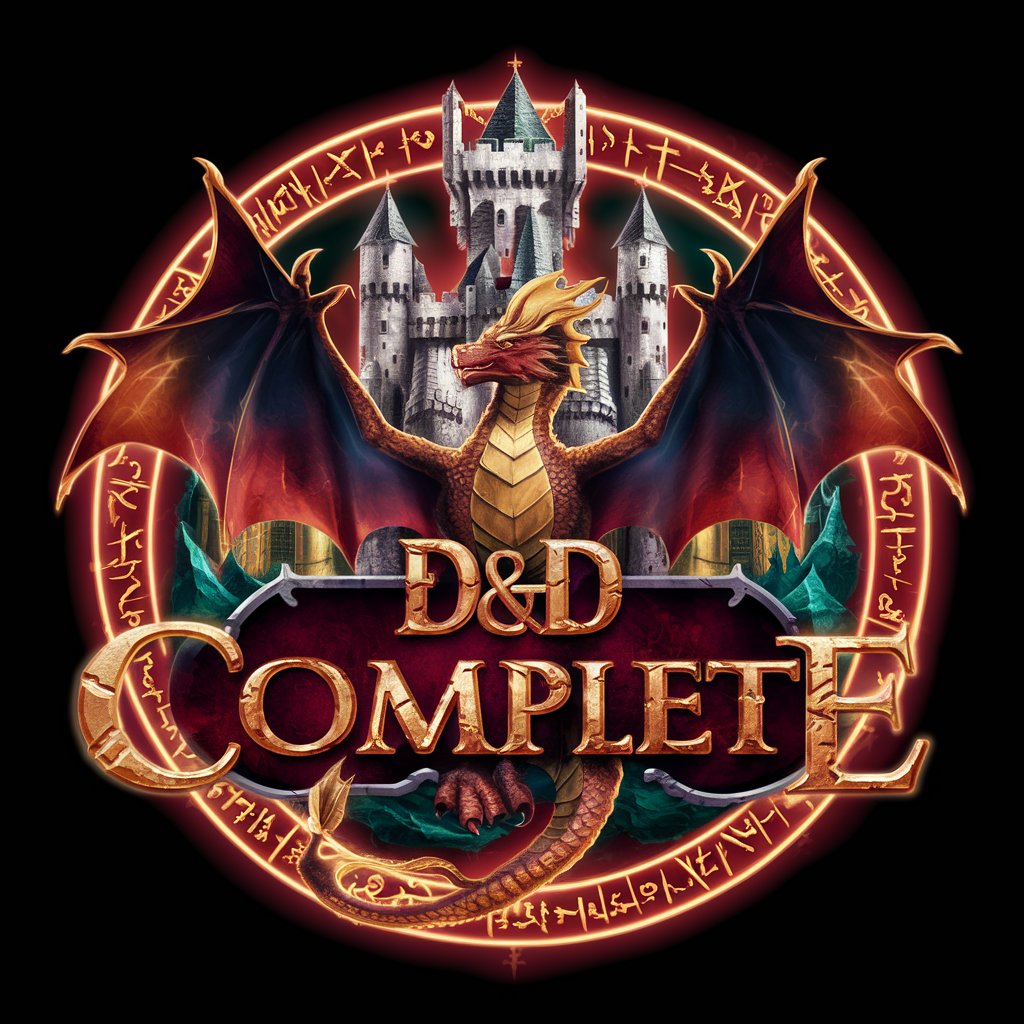📚 Ada Strong Typing Tutorial - Ada Programming Guide

Welcome! Let's explore Ada's strong typing together.
Master Ada's strong typing with AI
Explain the importance of strong typing in Ada...
How does Ada's type compatibility feature work?
Show an example of type derivation in Ada...
What are the common challenges in Ada's strong typing system?
Get Embed Code
Overview of Ada Strong Typing Tutorial
The Ada Strong Typing Tutorial is designed to educate programmers, especially those with minimal experience, on the robust type system of the Ada programming language. Its core purpose is to enhance software reliability and maintenance by leveraging Ada's strong typing system. This educational tool delves into the nuances of type safety, compatibility, and error prevention, offering a clear, jargon-free exploration of these concepts. Through practical examples, it illustrates how Ada's type system can catch potential errors at compile time, preventing common bugs that might only surface during runtime in less strictly typed languages. For instance, the tutorial demonstrates how to declare and use custom types for improved code clarity and safety, such as defining a 'Temperature' type to avoid mixing temperatures with unrelated numeric values. Powered by ChatGPT-4o。

Core Functions of Ada Strong Typing Tutorial
Type Declarations and Safety
Example
type Speed is new Integer; type Distance is new Float;
Scenario
Shows how to declare new, distinct types to prevent accidental mixing of values like speed and distance, enhancing code safety.
Type Conversion and Compatibility
Example
Speed(100) -- Convert an Integer to Speed type explicitly
Scenario
Illustrates explicit type conversion to ensure type compatibility and avoid implicit, error-prone conversions.
Custom Type Operations
Example
function "+"(Left : Speed, Right : Speed) return Speed;
Scenario
Teaches how to define operations for custom types, such as adding two 'Speed' values, to enforce logical operations within the type's context.
Subtype and Range Constraints
Example
subtype Positive_Int is Integer range 1 .. Integer'Last;
Scenario
Explains how to use subtypes and range constraints to further specify the allowed values of a type, enhancing error checking at compile time.
Ideal Users of Ada Strong Typing Tutorial
Beginner Ada Programmers
Individuals new to Ada or programming who seek to understand and apply strong typing principles for creating reliable, error-resistant software.
Software Engineers in Safety-Critical Industries
Professionals working in areas such as aerospace, defense, and healthcare, where software reliability is paramount, can benefit significantly from the error-prevention capabilities of Ada's type system.
Educators and Students in Computer Science
Academics teaching or studying programming languages can use the tutorial to explore and teach the benefits of strong typing in software development.

How to Use 📚 Ada Strong Typing Tutorial
1
Start with a free trial at yeschat.ai, no login or ChatGPT Plus subscription required.
2
Familiarize yourself with Ada's basic syntax and concepts, if you haven't already. This knowledge will enhance your learning experience.
3
Explore the provided Ada code examples. Experiment by modifying them and observe the changes to understand strong typing principles.
4
Utilize the Q&A section for clarifications on specific topics or challenges you encounter with Ada's strong typing.
5
Regularly apply the learned concepts in your own Ada projects to reinforce your understanding and skills in using strong typing effectively.
Try other advanced and practical GPTs
Local Explorer Guide GPT
Explore Locally with AI-powered Insights

Article Generator for Medium
Effortlessly create AI-driven articles for Medium.

Statistics Bot
Empowering Your Statistical Learning with AI

SmallGyfts Profile Builder v1.0
Empowering Profiles with AI

Ch4tGPT Tech Support
Streamlining Tech Support with AI

D&D Complete
Elevate Your D&D Campaigns with AI

Academic Intellectual Persona
Elevate your writing with AI-powered sophistication.

Future Me
Empower Your Future with AI-Powered Guidance

C Programming: Accelerating High-Frequency Trading
Optimize trading with AI-powered C programming

Trading Journal
Automate your trade journaling with AI

And Scene!
Perfect your performance with AI

Digital Marketing
Empowering Marketing with AI

FAQs on 📚 Ada Strong Typing Tutorial
What is strong typing and why is it important in Ada?
Strong typing is a feature of programming languages that enforces strict type compatibility. In Ada, it prevents errors by ensuring that operations and assignments between different types are explicitly allowed, enhancing program safety and reliability.
Can I learn Ada even if I have no prior programming experience?
Yes, 📚 Ada Strong Typing Tutorial is designed to be accessible to learners with varying levels of experience, including beginners. It provides a foundational understanding of programming concepts through the lens of Ada's strong typing.
How can 📚 Ada Strong Typing Tutorial help me with my existing Ada projects?
The tutorial offers in-depth explanations and examples that can help you identify and correct type-related errors in your code, optimize your use of Ada's type system, and implement more robust and error-resistant programs.
What kind of examples does the tutorial provide?
It provides a range of Ada code examples, from basic type declarations and conversions to more complex scenarios involving type derivation and generic programming, illustrating the principles of strong typing in diverse contexts.
Is there a community or forum for 📚 Ada Strong Typing Tutorial users to share experiences?
While the tutorial itself is a standalone resource, users are encouraged to engage with the broader Ada programming community through online forums and social media groups to share experiences, ask questions, and learn from each other.
